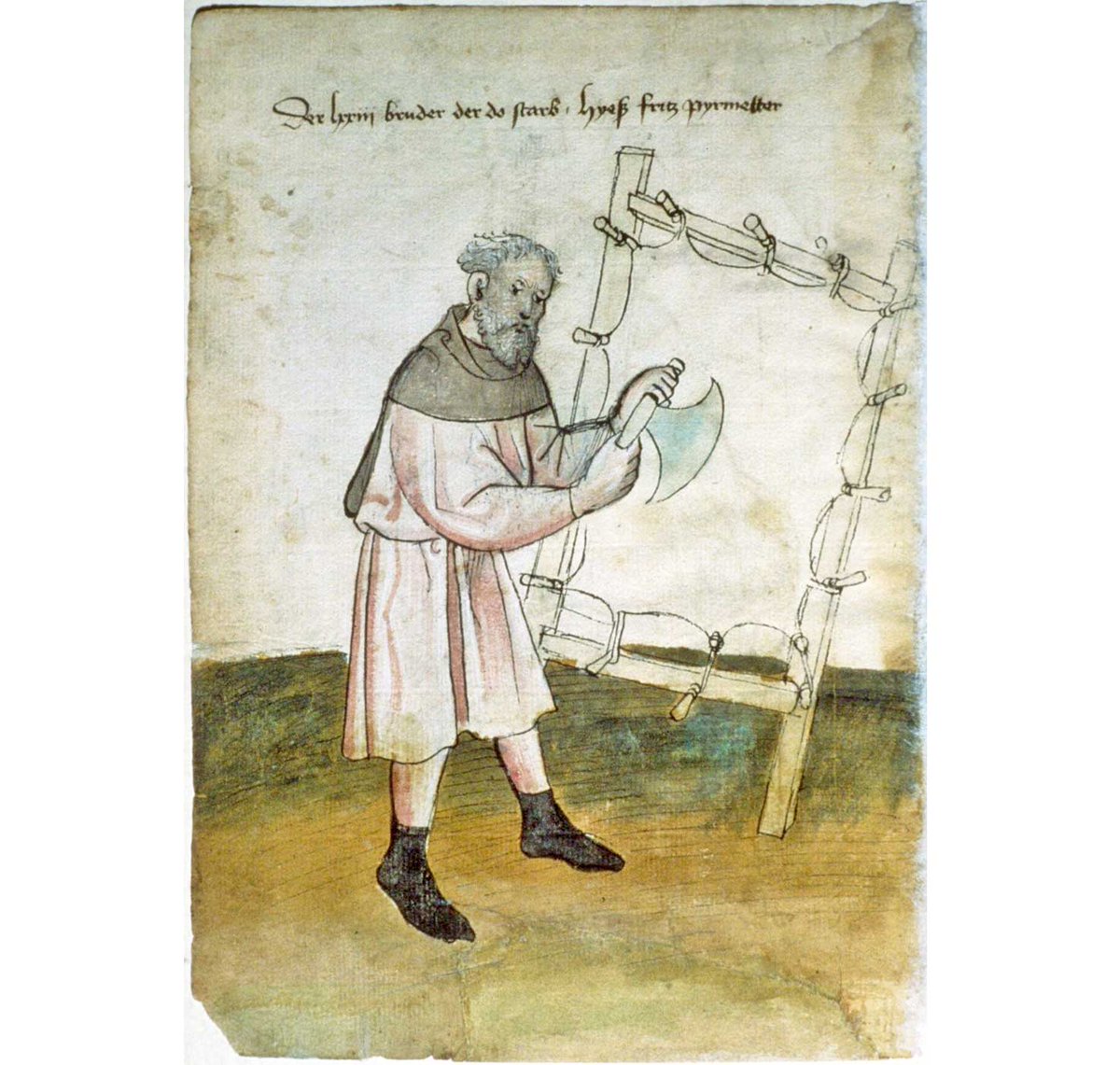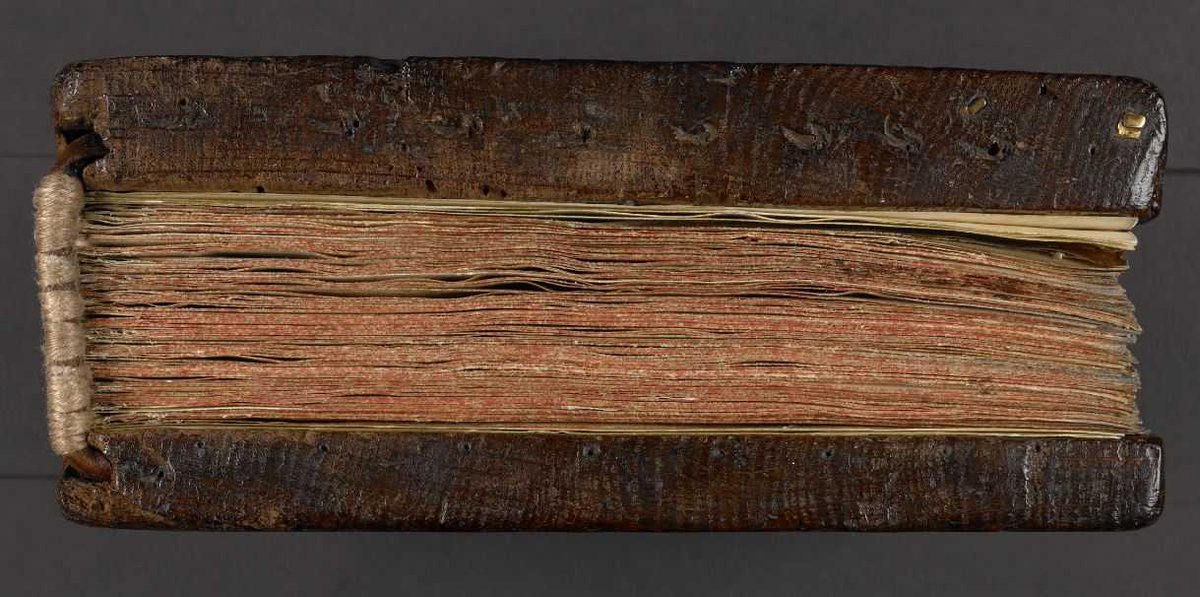
On August 24, Norwegian police seized 100 cuneiform inscriptions and other antiquities from the collection of Martin Schøyen, apparently at the behest of the Iraqi government. Included is his "Tower of Babel" stele.
Morgenbladet report here (sub. needed):
morgenbladet.no/kultur/2021/09…
Morgenbladet report here (sub. needed):
morgenbladet.no/kultur/2021/09…
This is Schøyen MS 2063, the so-called "Tower of Babel" stele.
schoyencollection.com/history-collec…
schoyencollection.com/history-collec…
It will be interesting to read more about this from other sources, and indeed to hear - as we likely will in due course - from Martin Schøyen himself. Norwegian press reports on Martin Schøyen are not infrequently slanted to present him & his collection in an unfavourable light.
These pieces will not have been seized because they are proveably looted. They will have been seized because they lack adequate pre-1990 provenance, which is not the same thing at all. Martin likely bought them on the basis of sworn statements by the antiquities dealers involved.
25 years years ago, a dealer statement was considered enough (not, to be fair, by everyone, but by many in the field). The world has changed since then, and Martin Schøyen, who has always publicized his pieces, is now facing the consequences of drastically changed perceptions.
To give them credit, Morganbladet published a second article in the same issue, with comments in defense of Martin and the scholarly value of the Schøyen collection, by the eminent Norwegian theologian Professor Torleif Elgvin.
morgenbladet.no/kultur/2021/09…
morgenbladet.no/kultur/2021/09…
Of the 762 items claimed by the Iraqi gov, 654 are the disputed Schøyen Jewish-Aramaic incantation bowls. Irrespective of how they were exported, the idea that these should now be returned to an Iraq which has de-facto expelled 100% of its Jewish population is a moral obscenity.
• • •
Missing some Tweet in this thread? You can try to
force a refresh




















